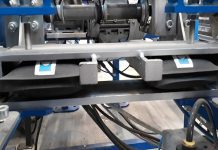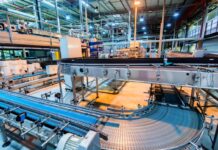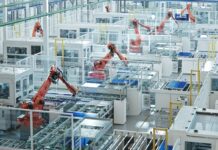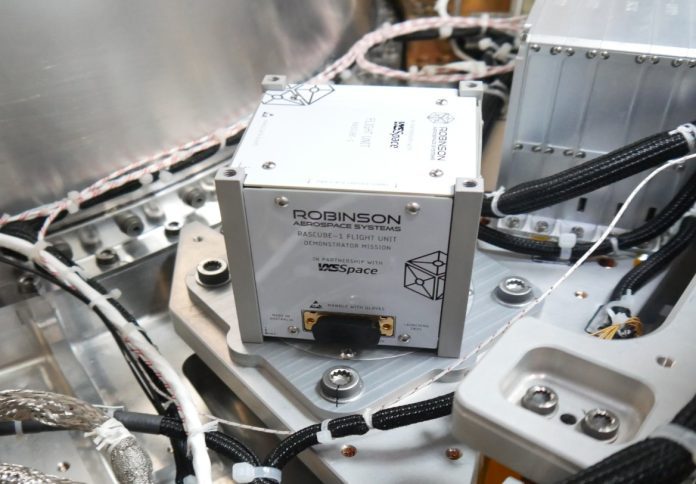
At just 21 years old, Edward Robinson is preparing to do what many seasoned engineers and entrepreneurs only dream of – launch a satellite into space. But he’s not doing it alone.
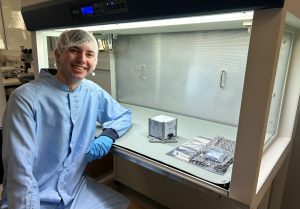
Onboard the soon-to-be-launched RASCube-1 satellite are experiments designed and built by students from seven countries, all guided by Robinson’s mission to bring real-world space technology into classrooms.
“I was in high school when I saw a video of a SpaceX rocket landing after a mission,” Robinson recalled in an exclusive interview with Australian Manufacturing. “At first, I thought it was CGI. When I found out it was real, I was hooked.” That moment sparked a deep fascination with aerospace that eventually led him to create Robinson Aerospace Systems, an Adelaide-based startup with a bold educational vision: to make space accessible to students through hands-on STEM learning.
Rather than follow a conventional path into engineering, Robinson decided to challenge how STEM is taught. “Everything was so focused on passing exams,” he said. “It wasn’t about getting kids excited about what they are learning and where the information is used in the real world.”
Starting with small projects like model rockets and satellites, Robinson built a program that would evolve into a full-scale mission to space. His early concept – a satellite kit for classrooms – allowed students to conduct mock experiments. But it wasn’t long before he aimed higher.
That vision became RASCube-1, a real satellite developed entirely in-house, set to carry student experiments into Earth’s orbit via a SpaceX rocket. The project has attracted students from around the world, including Ukraine, Rwanda, Colombia, and the United States.
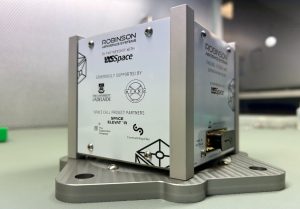
“Kids from 7 countries are launching communication and radiation sensing experiments to space,” Robinson said.
Among them is Project Space Call, where students designed modules that will communicate using Morse code via LEDs and sensors. “Each module holds a microcontroller, LED and light sensor, which will allow the modules to communicate with each other using morse code.”
The international collaboration was made possible through a partnership with Space Elevator, a European non-profit that shares Robinson Aerospace’s educational mission.
One standout contributor is 11-year-old Adelaide student Jackson Burford, who approached Robinson with a radiation sensor concept. “I thought about it for a bit, it seemed crazy, but I really didn’t see any good reason we couldn’t do it.”
Students received technical documentation from the Robinson Aerospace team outlining the requirements for space hardware. From there, they prototyped their designs using Arduino, assembled printed circuit boards, uploaded code, and shipped their final parts for integration.
Behind the scenes, the challenges of designing and qualifying a satellite in Australia were considerable. Facilities capable of handling vibration and electromagnetic compatibility (EMC) tests were scarce, and costs were high. But Robinson was undeterred.
“EMC testing was conducted at REDARC Electronics, vibration testing was done at the University of Adelaide and the cleanroom used for assembly was owned by the ANFF SA node,” he said. “Some companies even pitched in for free, such as our local CNC machinists MCHND, who manufactured our test jigs.”

For Robinson, the project is about more than launching hardware – it’s about building a new kind of space pipeline in Australia. “The big players – Fleet, Inovor, Gilmour Space – are hungry for talent. But most kids don’t even know they can work in space,” he said.
That’s what Robinson Aerospace is working to change. The company expects to reach 15,000 students this year alone, using space missions to inspire real-world STEM engagement.
“The educational impact is unimaginable,” Robinson said. “Just last week I walked into a uni lecture and saw a student I’d worked with three years earlier. He built one of our kits and is now studying STEM – with space stickers all over his laptop.”
Following the RASCube-1 launch, the company will introduce LaunchBox, a national education initiative supported by Fleet Space and funded by the federal government. Through the program, 12,000 Year 7 students will build replica satellites, conduct experiments, form ‘space companies,’ and compete to launch their projects into the stratosphere via weather balloons.
To meet demand, Robinson Aerospace built a production line capable of assembling a kit every 7.5 minutes. More than 1,100 kits have already rolled off the line in just a few weeks.
And they’re not stopping there. Plans are already underway for RASCube-2 – a two-month orbital mission – and RASCube-3, which Robinson ambitiously says “will literally land on the moon” by 2028.
Funding remains a key challenge. “We’ve got the cost down, but launching to space still isn’t cheap,” he said. “We don’t want only the richest schools participating while others miss out.”
Still, Robinson remains committed to expanding access to space education. “This won’t be our only mission,” he said. “We’re just getting started.”





